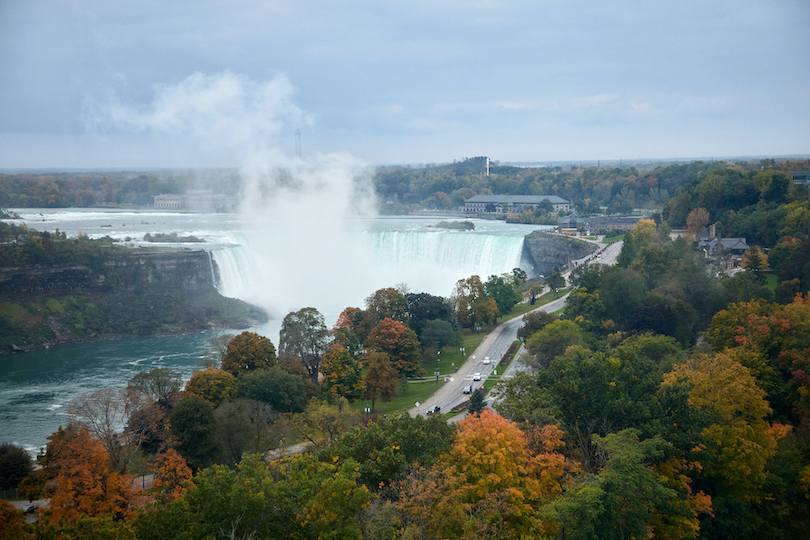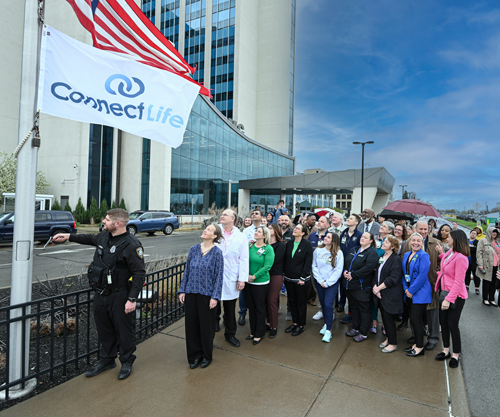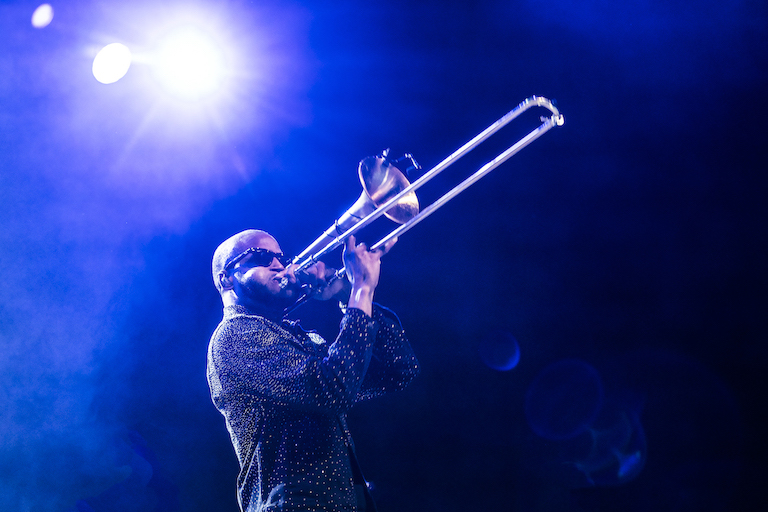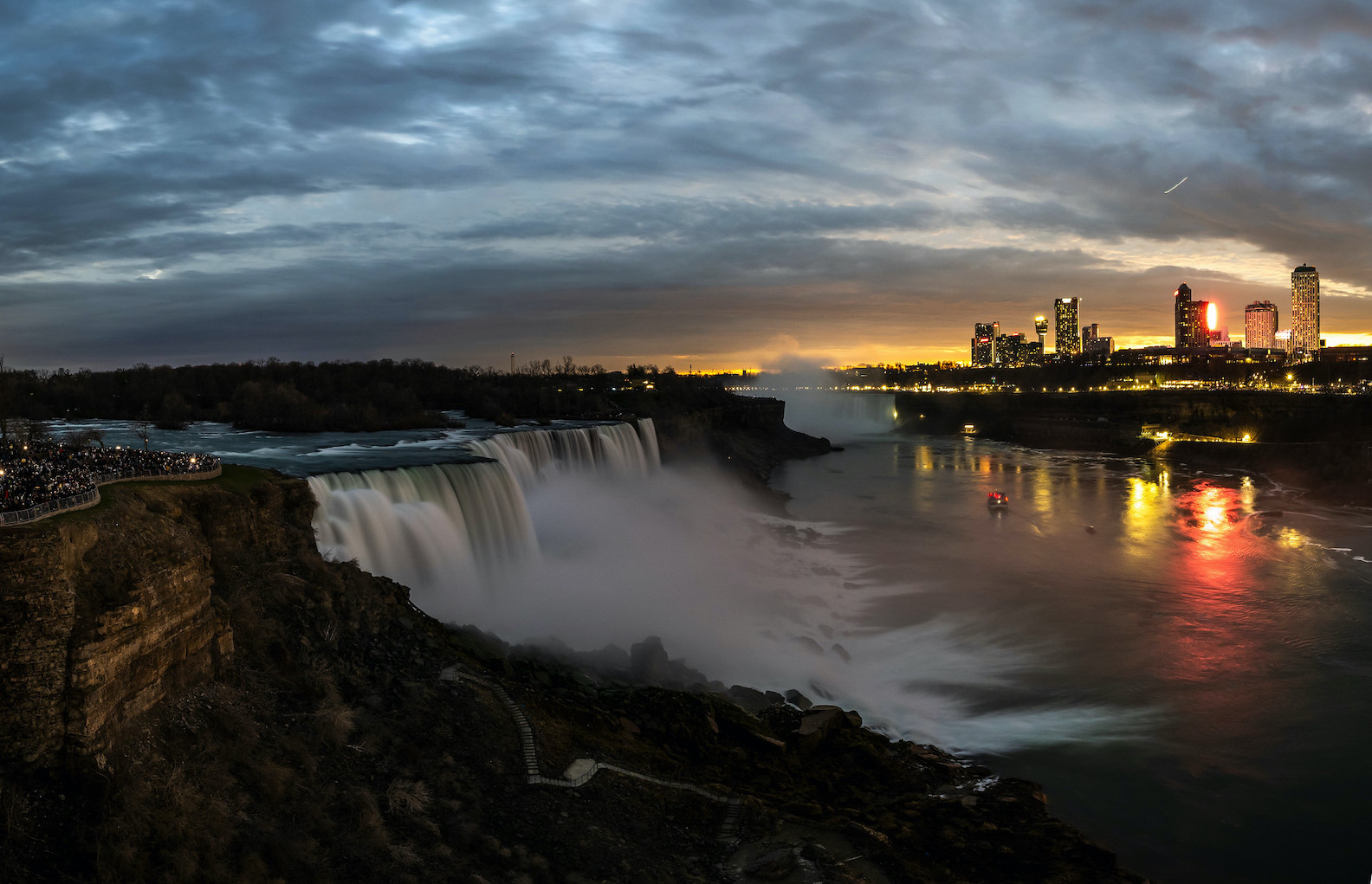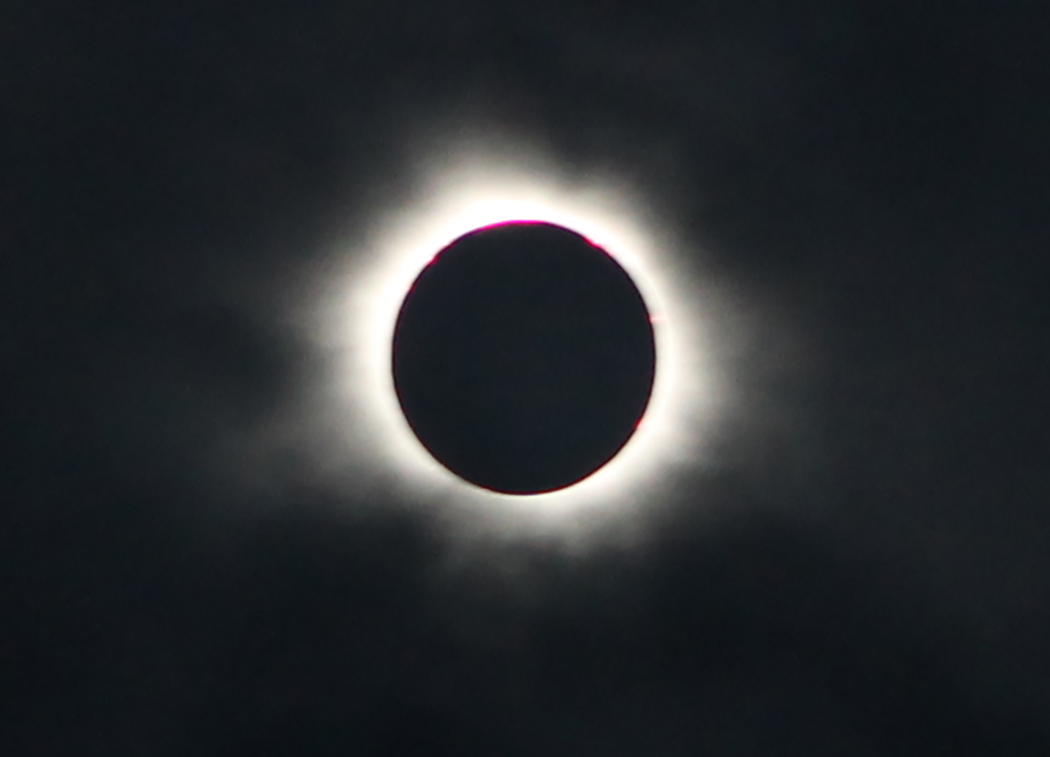Featured News - Current News - Archived News - News Categories
New 3D giant screen film transports audiences to extraordinary hidden dimensions too small, too fast, too slow or invisible to the human eye
Narrated by Forest Whitaker; presented by National Geographic Entertainment and Days End Pictures
A new 3D film adventure takes audiences on an extraordinary journey into unseen worlds and hidden dimensions beyond our normal vision to uncover the mysteries of things too fast, too slow, too small or simply invisible. On Friday, June 27, the National Geographic 3D Cinema presented by M&T Bank will premiere "Mysteries of The Unseen World," an original production by National Geographic Entertainment and Days End Pictures, narrated by Forest Whitaker.
Created by an award-winning veteran film team, the new 40-minute large format experience is produced by Jini Dürr ("Sea Monsters: A Prehistoric Adventure") and Lisa Truitt ("Mysteries of Egypt"), and directed by Louie Schwartzberg ("Disneynature: Wings of Life"). "Mysteries of The Unseen World" uses innovative high-speed and time-lapse photography, electron microscopy, and nanotechnology to transport audiences to an enthralling secret world of nature, events and breathtaking phenomena not visible to the naked eye.
Invisible:
We see only a fraction of the millions of wavelengths in the vast electromagnetic spectrum - the rainbow of light waves called visible light. The film shows audiences what it would be like if we had X-ray vision, or infrared vision like a mosquito, how a bee's eyes see through ultraviolet light, what Gamma rays, microwaves and radio waves show us, and more.
Too Slow:
Time-lapse images capture mundane events that happen too slowly for humans to perceive. The film shows plants creeping toward the sun and astonishingly complex "slime mold" searching for food. On a grander scale, time-lapse allows audiences our planet in motion - from the vast and relentless sweep of nature to the restless movement of humanity.
Too Fast:
High-speed cameras do the opposite of time-lapse, revealing secrets from the super-fast world of nature. The film shows slow motion sequences of events that happen too quickly for human perception: a rattlesnake strike; drum cymbals reverberating; a Eurasian eagle owl, the world's largest, flexing its wings; a basilisk, or Jesus lizard, running on the surface of water; popcorn popping; lightning rising upward from the ground as well as striking from the sky.
Too Small:
The film also peers into the world of wonders too small for the human eye to see - from the minute structures on a butterfly's wing and the tiny organisms that inhabit the human body all the way down to nano-scale structures. See how electron microscopes create images that magnify things by as much as a million times - revealing a world that is both bizarre and beautiful. Guess which unusual image is a fruit fly's eye, the skin of a shark, a flea on a cat, a tomato stem, an eggshell and more.
"Mysteries of The Unseen World" then moves from the familiar events of everyday life to the building blocks of matter itself. The filmmakers worked with a 3-D medical animation company to depict the atom-scale realm of nano-science and potential innovations in nanotechnology. In a complex zoom sequence, the shot moves in on a spider, then a strand of its silk, then into the silk itself where audiences see a bacterium. The camera then zooms even deeper, in on a virus on the bacterium, then into the DNA of the virus and finally into the actual atoms of the DNA.
" 'Mysteries of The Unseen World' immerses audiences in mind-bending dimensions that enhance our understanding of the planet and inspire people with the wonder and possibilities of science," said Truitt, president of National Geographic Entertainment.
"The premise of this new giant screen film experience is looking at the world through a variety of imaging technologies that allow audiences to see beyond what they can with the naked eye and gain a new vision of the world around them," said producer Dürr.
"Mysteries of The Unseen World" is funded, in part, by a grant from the National Science foundation and support from Lockheed Martin and FEI, a manufacturer of electron microscopes.
"Within the first five minutes of the preview of this film, I knew we had to offer this film to our visitors as soon as it was released," said Mark Mortenson, president and CEO of the Buffalo Museum of Science. "It's not only entertaining and inspiring for guests, but also a must-see film for educators and their students."
Educators are invited to preview the film in the fall at the museum's educator's open house Oct. 3.
Tickets for the film are $3 for museum members and $5 for non-members with paid general or "Mummies of the World" admission. School groups can see the film for $3 per person during their visit.
About Buffalo Museum of Science
Committed to inspiring curiosity through exploration, the Buffalo Museum of Science is a nonprofit educational institution dedicated to providing relevant science programming and services to children, families, adults and schools in the Buffalo/Niagara region. Through exhibits and interactive spaces designed for multigenerational learning, the museum showcases its extensive collections of more than 700,000 specimens and artifacts representing all facets of the natural world with an emphasis on Western New York.
Opened in 1929 in Buffalo's Olmsted-designed Martin Luther King Jr. Park, the museum is currently installing eight new permanent interactive science studios to transform its visitor experience by 2016. The museum also operates Tifft Nature Preserve in south Buffalo, a 264-acre urban wetland preserve on reclaimed former industrial land.
Learn more at http://sciencebuff.org.

